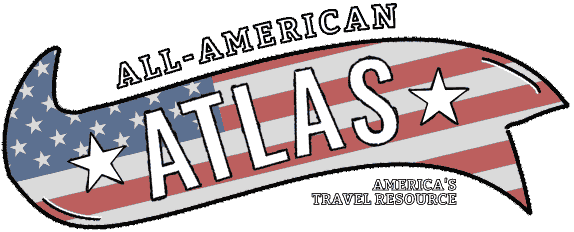Wondering what things North Dakota is known for?
I’ve got you covered!
In this guide to all the things North Dakota is famous for, we’re covering everything from the Badlands to frigid winters!
As an American who has traveled the US her whole life, I have a real love for North Dakota (as I do for most states!) and everything it represents.
It’s the state of rural landscapes, of rodeos, of German-Russian heritage and of friendly people. While not often visited by tourists, it’s definitely well worth a visit to see this part of the US!
Read on to learn more about the foods North Dakota is famous for, the people North Dakota is famous for, and other notable things about North Dakota.
1. Agriculture
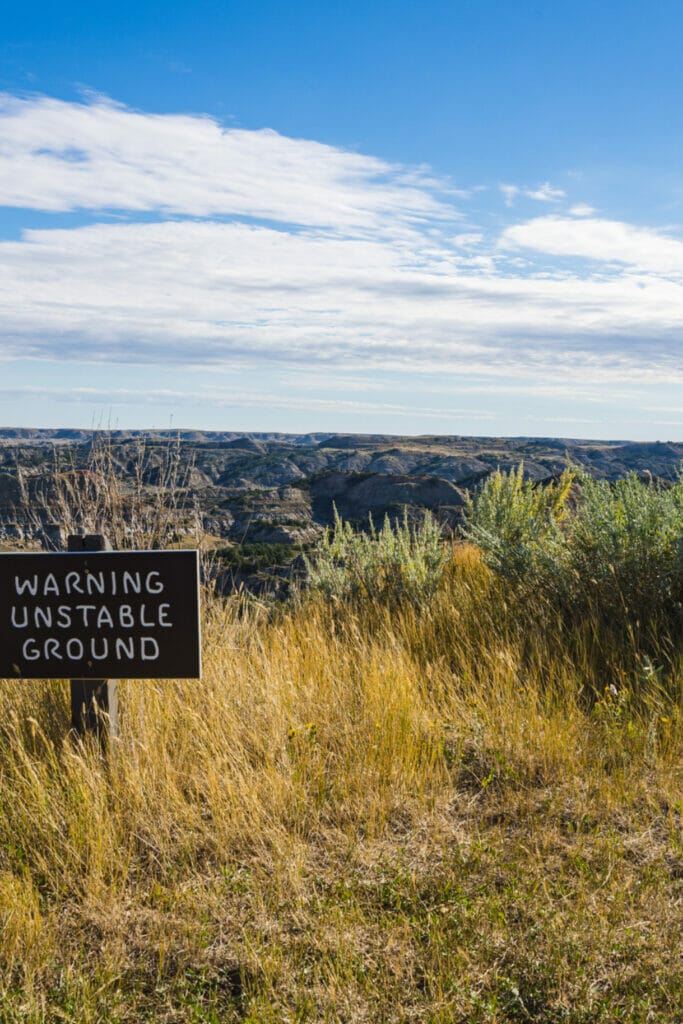
North Dakota’s agricultural prowess is deeply ingrained in its identity.
The state’s fertile soil and favorable climate make it a prime location for the cultivation of crops.
Wheat is one of the most significant agricultural products, with North Dakota being a leading wheat-producing state in the United States.
The amber waves of wheat that cover the expansive prairies have earned the state its nickname, the “Bread Basket of the World.”
2. Rural Landscapes
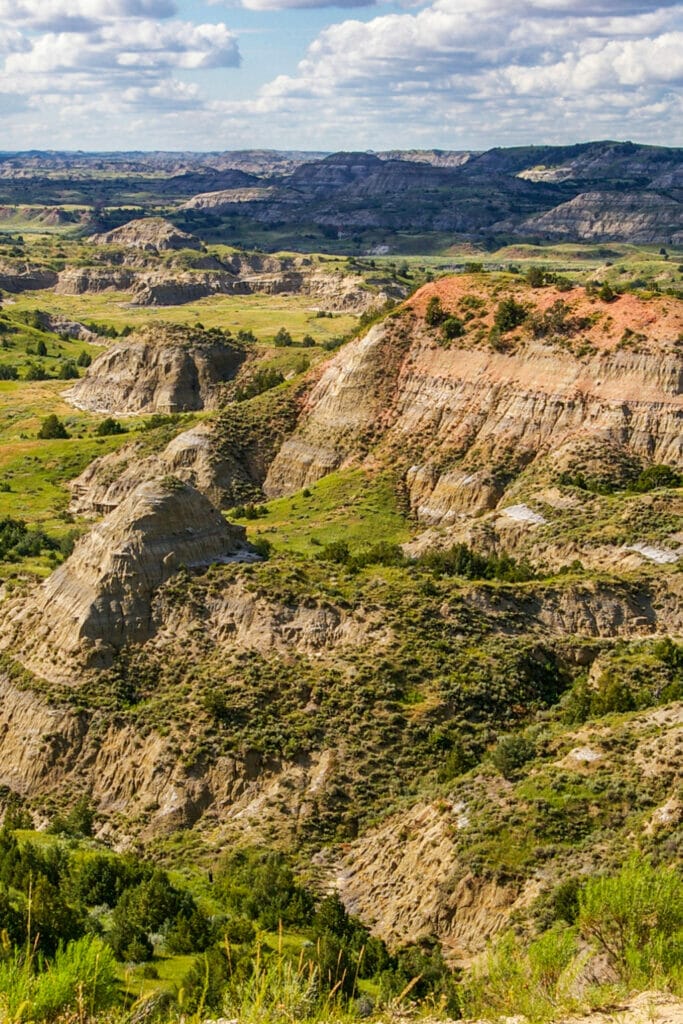
The unspoiled rural landscapes of North Dakota are awe-inspiring.
The vast open spaces, gently rolling hills, and sweeping prairies create a sense of tranquility and a connection to nature.
These landscapes have also inspired generations of artists and writers, including renowned figures like Theodore Roosevelt.
3. Badlands
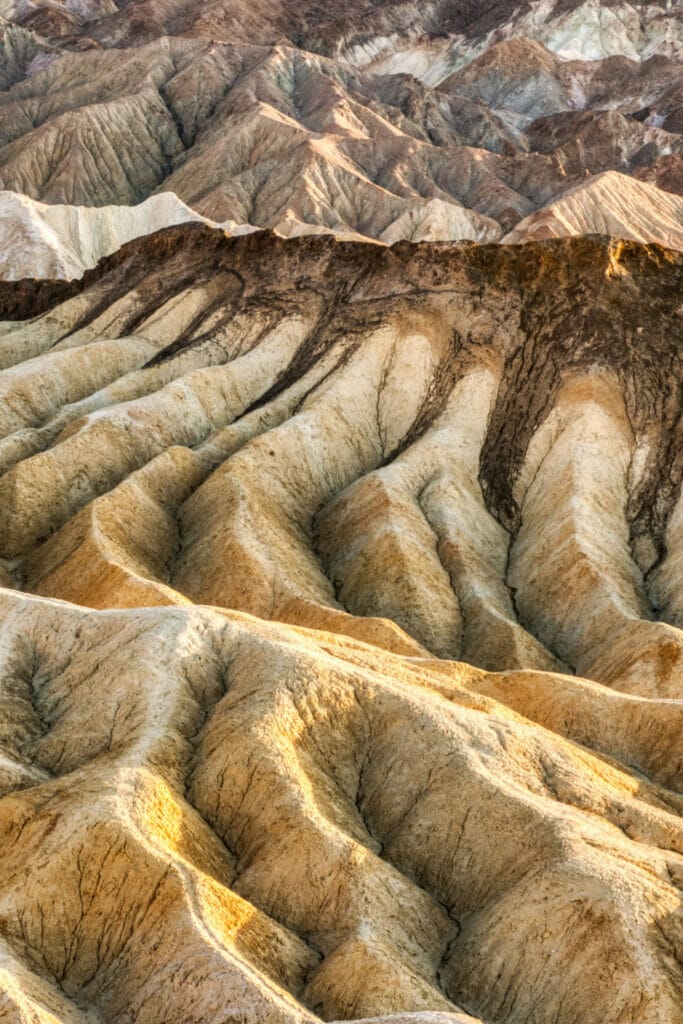
Theodore Roosevelt National Park showcases North Dakota’s stunning Badlands, characterized by rugged terrain, eroded buttes, and unique rock formations.
This national park is a haven for outdoor enthusiasts, offering opportunities for hiking, camping, and wildlife viewing.
The Badlands are also a living testament to Theodore Roosevelt’s legacy as a conservationist; his experiences in the region played a pivotal role in shaping his views on preserving America’s natural landscapes.
4. Oil Production

North Dakota’s oil production boom, driven primarily by the Bakken Formation, has significantly impacted the state’s economy and energy landscape.
The discovery and extraction of oil and natural gas from this shale formation have propelled North Dakota to become one of the leading oil-producing states in the U.S.
5. Native American Culture

North Dakota is home to several Native American tribes, including the Lakota, Dakota, and Mandan peoples.
The state’s history is deeply intertwined with the heritage of these tribes, with significant historical events, cultural practices, and art forms stemming from their traditions.
Powwows, drum circles, and traditional dances are important aspects of Native American culture that continue to be celebrated in North Dakota today.
6. Lewis and Clark Expedition
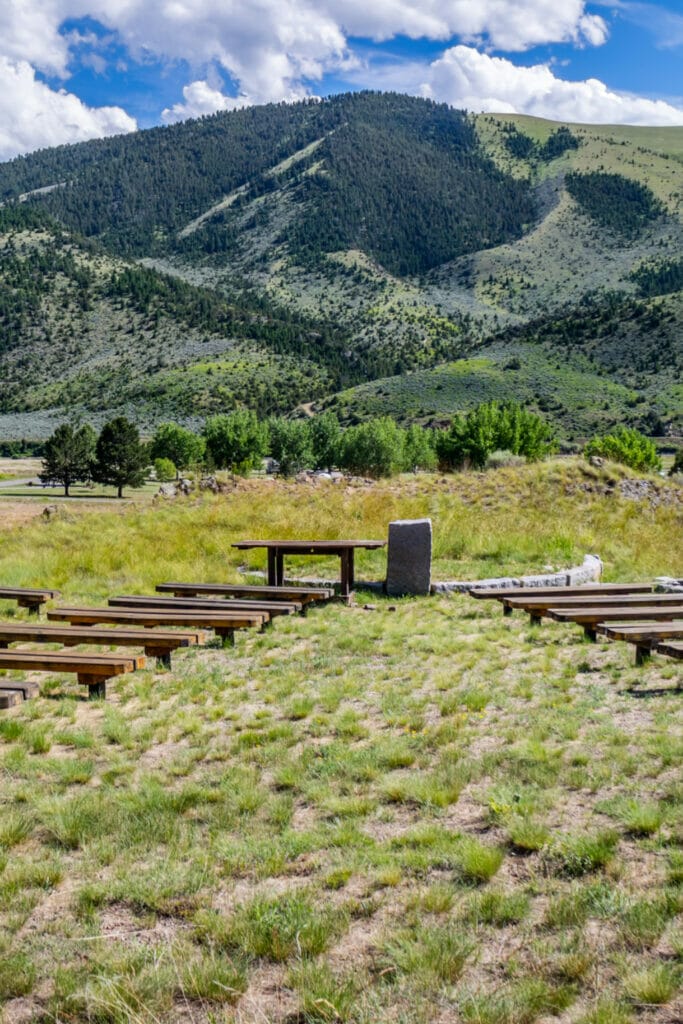
The journey of Lewis and Clark, the famous American explorers, took them through North Dakota as they embarked on their historic expedition to map and explore the newly acquired western territories of the United States.
Their experiences in the state provided insights into the land’s natural resources, Native American cultures, and geographical features.
7. Rural Life
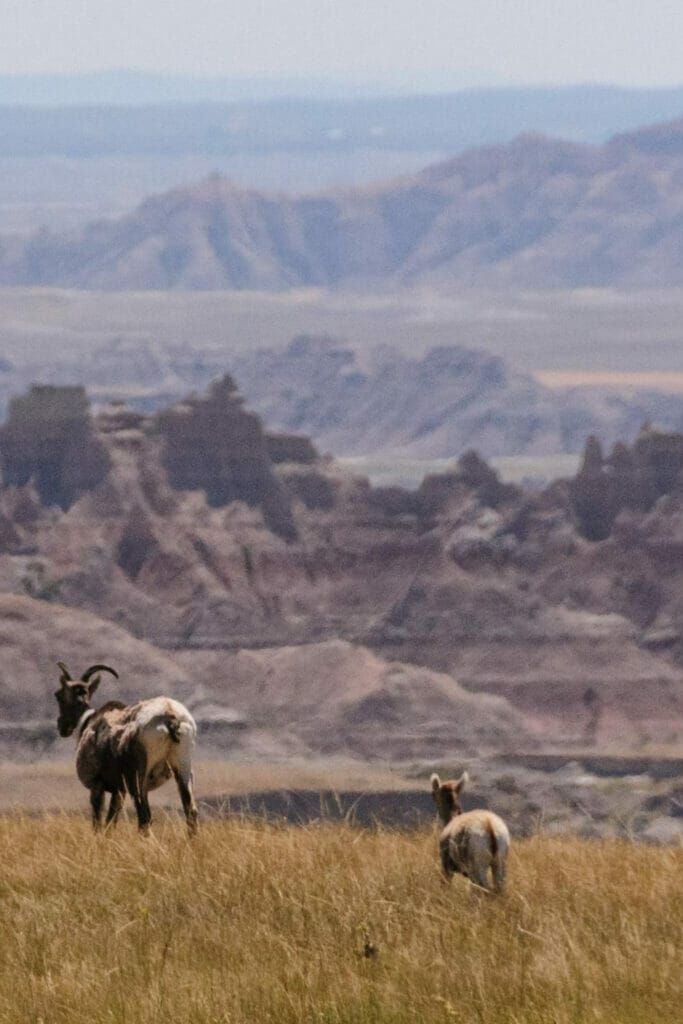
North Dakota’s strong sense of rural culture and values stems from its agricultural roots.
The state’s farming communities are closely knit, fostering a spirit of cooperation, resilience, and neighborliness.
This rural ethos is evident in local events such as county fairs, where families come together to showcase their hard work, share traditions, and celebrate achievements.
8. Fargo

As North Dakota’s largest city, Fargo stands out for its dynamic cultural scene, friendly atmosphere, and economic growth.
The city is a hub for arts and entertainment, with theaters, galleries, and music venues attracting residents and visitors alike.
Fargo’s growth as a technology and entrepreneurial center has led to a burgeoning startup culture, contributing to the state’s economic diversification.
9. Cold Weather

North Dakota’s climate is defined by its cold winters, characterized by heavy snowfall and sub-zero temperatures.
The state’s residents are well-accustomed to the challenges posed by winter weather, and this resilience is reflected in their preparedness and resourcefulness.
10. UND Fighting Hawks
The University of North Dakota’s sports teams, known as the Fighting Hawks, inspire a sense of pride and camaraderie among students and locals alike.
These teams compete in various NCAA sports, fostering a strong sports culture that unites communities and encourages school spirit.
11. Northern Lights

North Dakota’s northern location and relatively low light pollution create favorable conditions for observing the captivating Northern Lights, also known as the Aurora Borealis.
This natural phenomenon, characterized by colorful lights dancing across the night sky, is a source of wonder and inspiration for both residents and visitors.
12. Rodeos
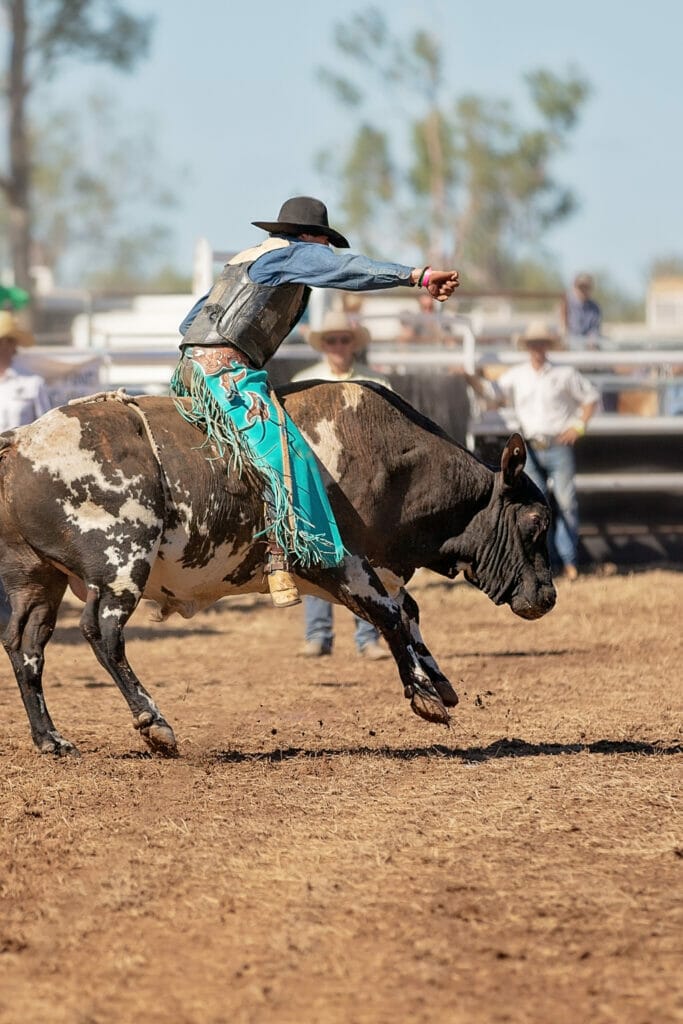
Rodeo culture is deeply rooted in North Dakota’s history and continues to thrive today.
Rodeo events celebrate the state’s Western heritage and agricultural traditions, featuring activities such as bull riding, steer wrestling, barrel racing, and calf roping.
These events attract competitors and spectators from all walks of life, showcasing the skills and courage required to master these challenging activities.
13. Peace Garden State
North Dakota earned its nickname, the “Peace Garden State,” from the International Peace Garden that spans the border between the U.S. and Canada.
This symbolic garden is a testament to the friendly relations between the two countries and serves as a place of beauty, reflection, and international cooperation.
14. Buffalo

The American bison, often colloquially referred to as buffalo, holds historical and cultural significance for North Dakota.
These majestic animals once roamed the Great Plains in vast herds and played a vital role in the lives of indigenous peoples and early settlers.
Today, efforts to conserve and protect bison populations are ongoing, and visitors can encounter these iconic creatures in designated wildlife areas and parks.
15. Nuclear Weapons History
During the Cold War, North Dakota played a role in the development of nuclear weapons.
Minot Air Force Base, located in the state, was historically associated with intercontinental ballistic missile (ICBM) silos and strategic air command operations.
16. Agricultural Innovation
North Dakota’s commitment to agricultural research and innovation has yielded advancements in farming practices, crop genetics, and sustainable agriculture.
The state’s land-grant university, North Dakota State University (NDSU), has been instrumental in driving research and education in these areas.
17. Dakota Territory
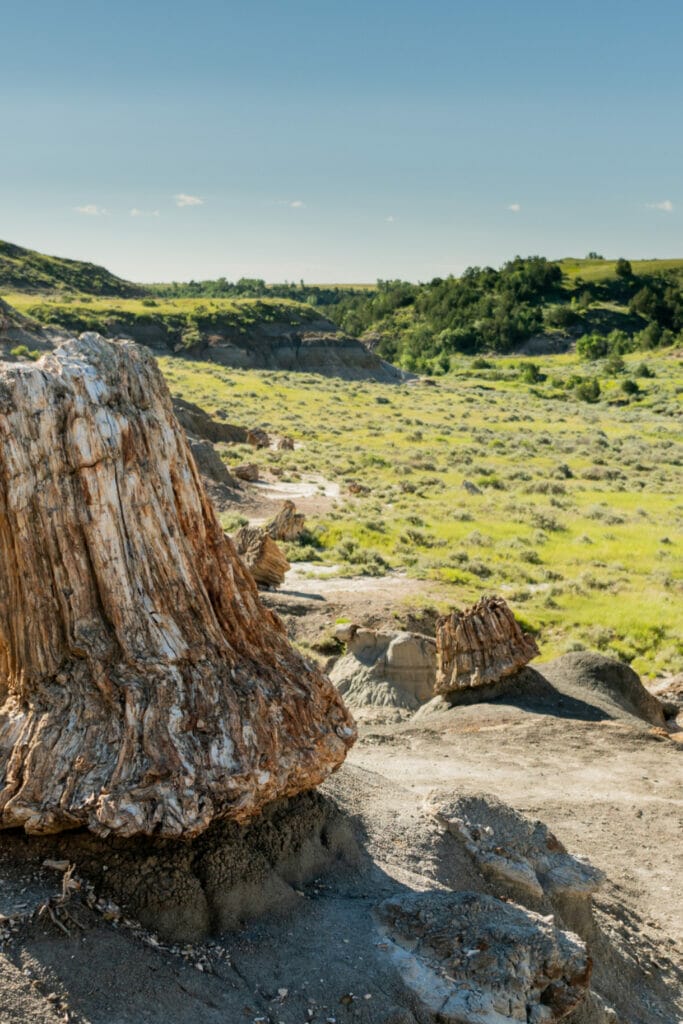
North Dakota’s history is closely tied to its territorial past.
As part of the Dakota Territory, the region played a role in the settlement of the American West during the 19th century.
The Dakota Territory encompassed a vast expanse of land that included what is now North Dakota, South Dakota, and parts of Montana and Wyoming.
18. Fort Union Trading Post
Located along the Missouri River, Fort Union Trading Post National Historic Site preserves the legacy of the fur trading era in the American West.
This strategic trading post was a hub for interactions between Native American tribes and European-American traders.
19. German-Russian Heritage
North Dakota has a significant population of residents with German-Russian ancestry, particularly from regions of Germany and Russia.
This cultural heritage is reflected in traditions, cuisine, and celebrations that have been passed down through generations.
20. Medora
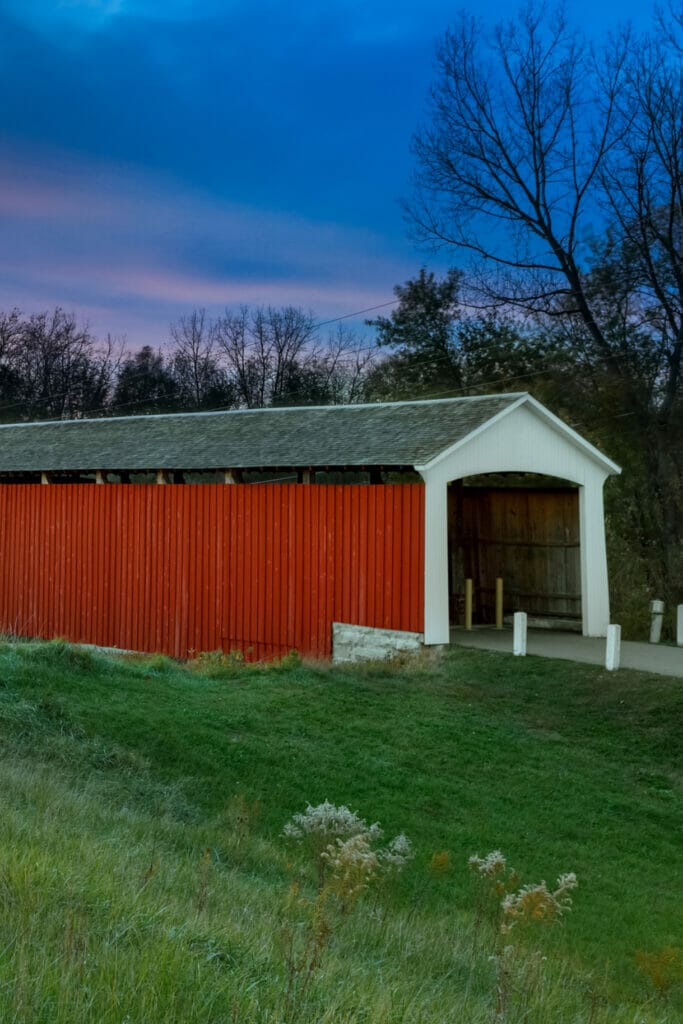
Nestled near Theodore Roosevelt National Park, the charming town of Medora offers a glimpse into the Old West.
Its historic streets, Western-style storefronts, and vintage vibe transport visitors back in time.
One of Medora’s most famous attractions is the Medora Musical, an outdoor theater production that combines music, comedy, and a celebration of North Dakota’s heritage.
21. Ghost Towns
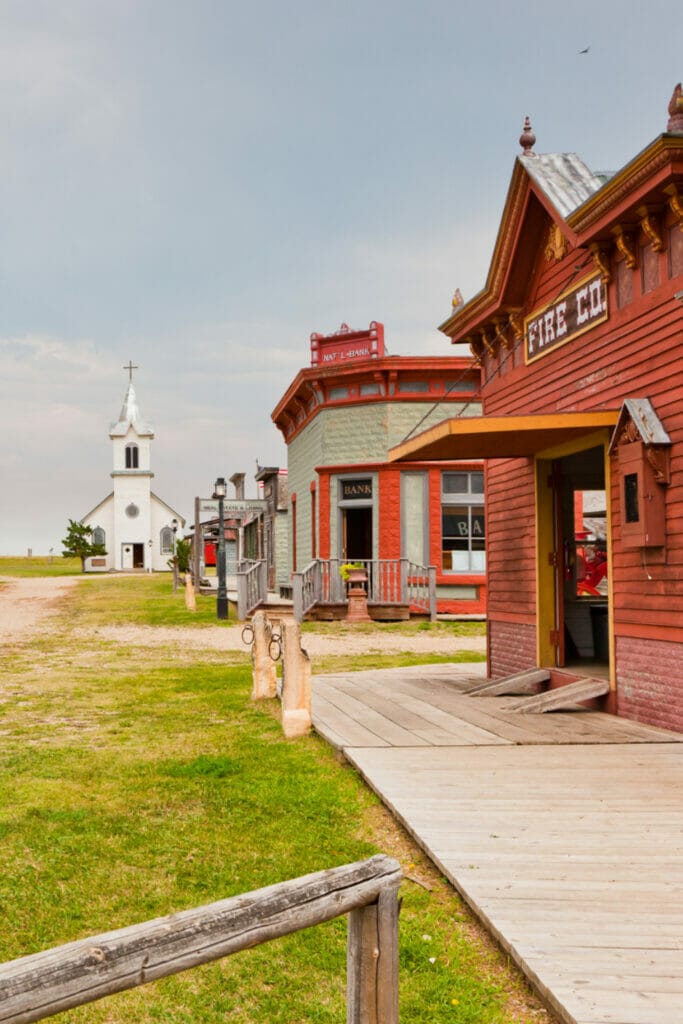
North Dakota’s history includes periods of rapid settlement and subsequent depopulation, leading to the emergence of ghost towns scattered across the state.
These abandoned communities tell stories of boom and bust, mining and agriculture, and the challenges of sustaining life on the frontier.
22. International Music Camp
Held near the International Peace Garden, the International Music Camp draws young musicians from around the world for an immersive musical experience.
This camp offers training, workshops, and performances in various musical disciplines, fostering cross-cultural connections and artistic growth.
23. Missouri River
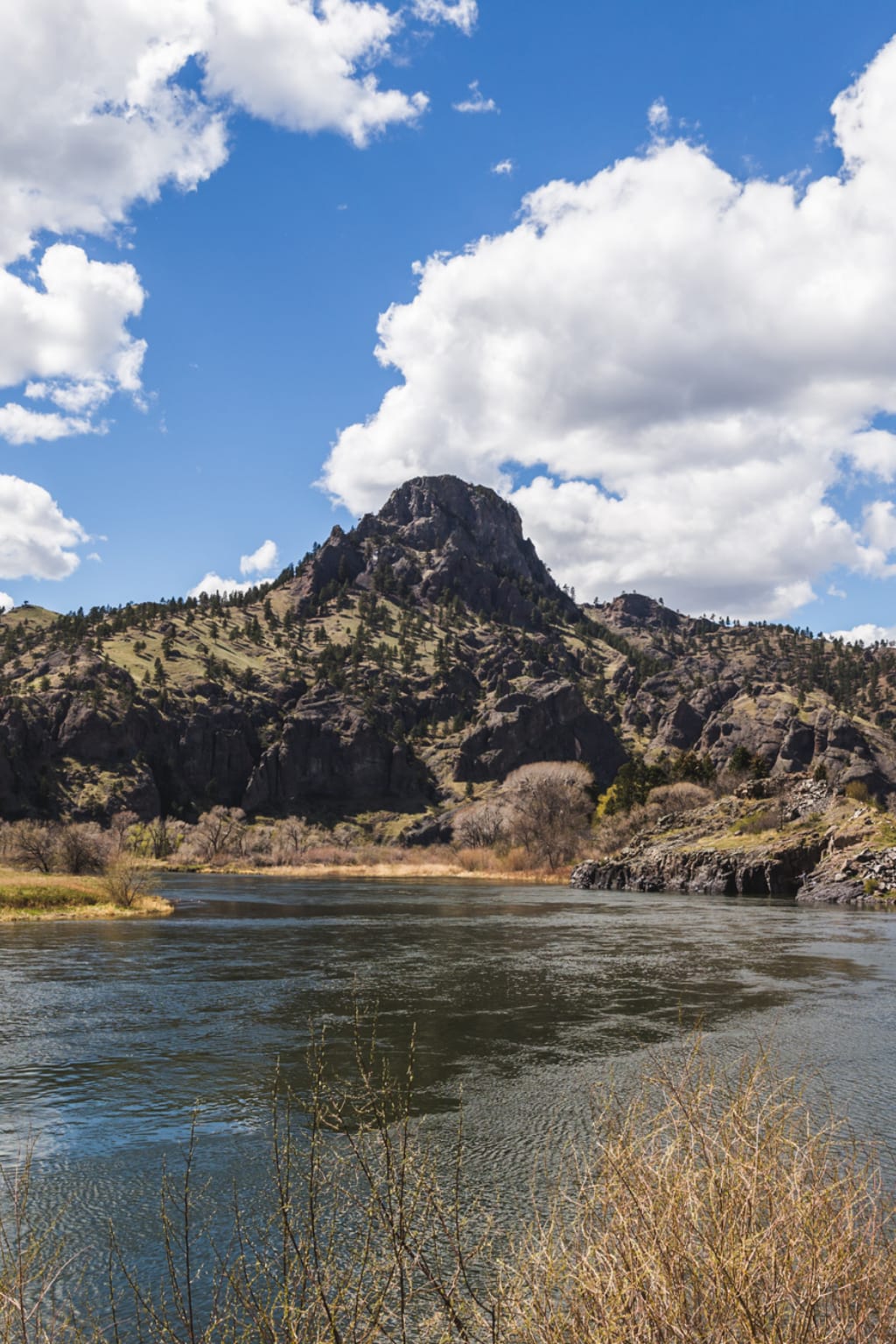
The Missouri River flows through North Dakota, cutting across its landscapes and contributing to the state’s history, commerce, and recreational opportunities.
The river played a crucial role in Native American cultures, exploration by early settlers, and trade during the fur trading era.
24. Wind Energy
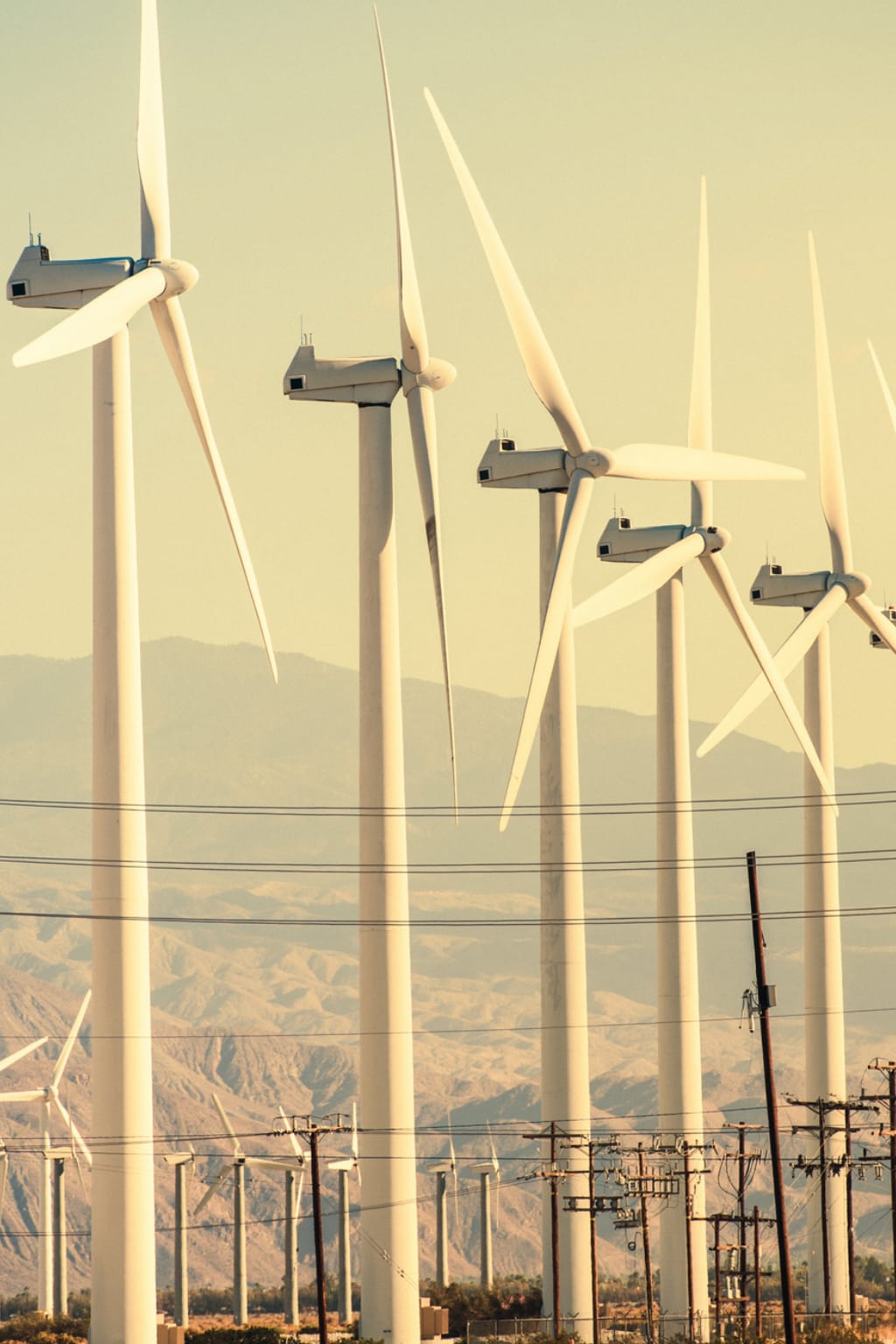
North Dakota’s strong and consistent winds have positioned the state as a leader in wind energy production.
Wind farms dot the landscape, harnessing the power of nature to generate clean, renewable electricity.
25. Pioneer Heritage
North Dakota’s history as a frontier and its pioneers’ resilience continue to shape its identity.
The state’s early settlers faced harsh conditions, adapting to the challenges of a new land.
Want to know what things the other US states are known for? Check out our other guides!
- Interesting Things Alabama is Known For
- Interesting Things Alaska is Known For
- Interesting Things Arizona is Known For
- Interesting Things Arkansas is Known For
- Interesting Things California is Known For
- Interesting Things Colorado is Known For
- Interesting Things Connecticut is Known For
- Interesting Things Delaware is Known For
- Interesting Things Florida is Known For
- Interesting Things Georgia is Known For
- Interesting Things Hawaii is Known For
- Interesting Things Idaho is Known For
- Interesting Things Illinois is Known For
- Interesting Things Indiana is Known For
- Interesting Things Iowa is Known For
- Interesting Things Kansas is Known For
- Interesting Things Kentucky is Known For
- Interesting Things Louisiana is Known For
- Interesting Things Maine is Known For
- Interesting Things Maryland is Known For
- Interesting Things Massachusetts is Known For
- Interesting Things Michigan is Known For
- Interesting Things Minnesota is Known For
- Interesting Things Mississippi is Known For
- Interesting Things Missouri is Known For
- Interesting Things Montana is Known For
- Interesting Things Nebraska is Known For
- Interesting Things Nevada is Known For
- Interesting Things New Hampshire is Known For
- Interesting Things New Jersey is Known For
- Interesting Things New Mexico is Known For
- Interesting Things New York is Known For
- Interesting Things North Carolina is Known For
- Interesting Things Ohio is Known For
- Interesting Things Oklahoma is Known For
- Interesting Things Oregon is Known For
- Interesting Things Pennsylvania is Known For
- Interesting Things Rhode Island is Known For
- Interesting Things South Carolina is Known For
- Interesting Things South Dakota is Known For
- Interesting Things Tennessee is Known For
- Interesting Things Texas is Known For
- Interesting Things Utah is Known For
- Interesting Things Vermont is Known For
- Interesting Things Virginia is Known For
- Interesting Things Washington is Known For
- Interesting Things West Virginia is Known For
- Interesting Things Wisconsin is Known For
- Interesting Things Wyoming is Known For
Get the All-American Travel Secrets!
Don't miss out on America's hidden gems!
